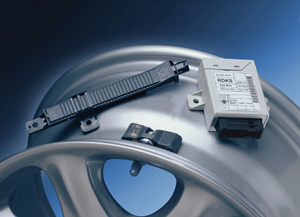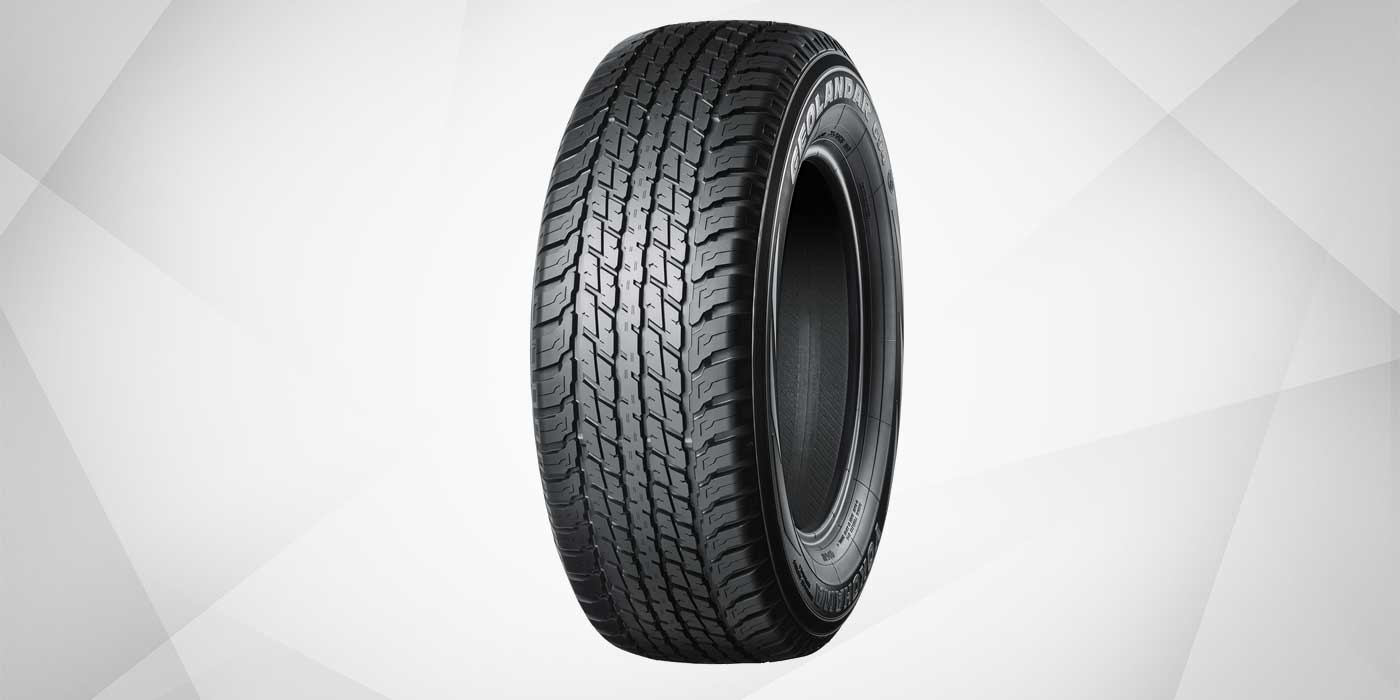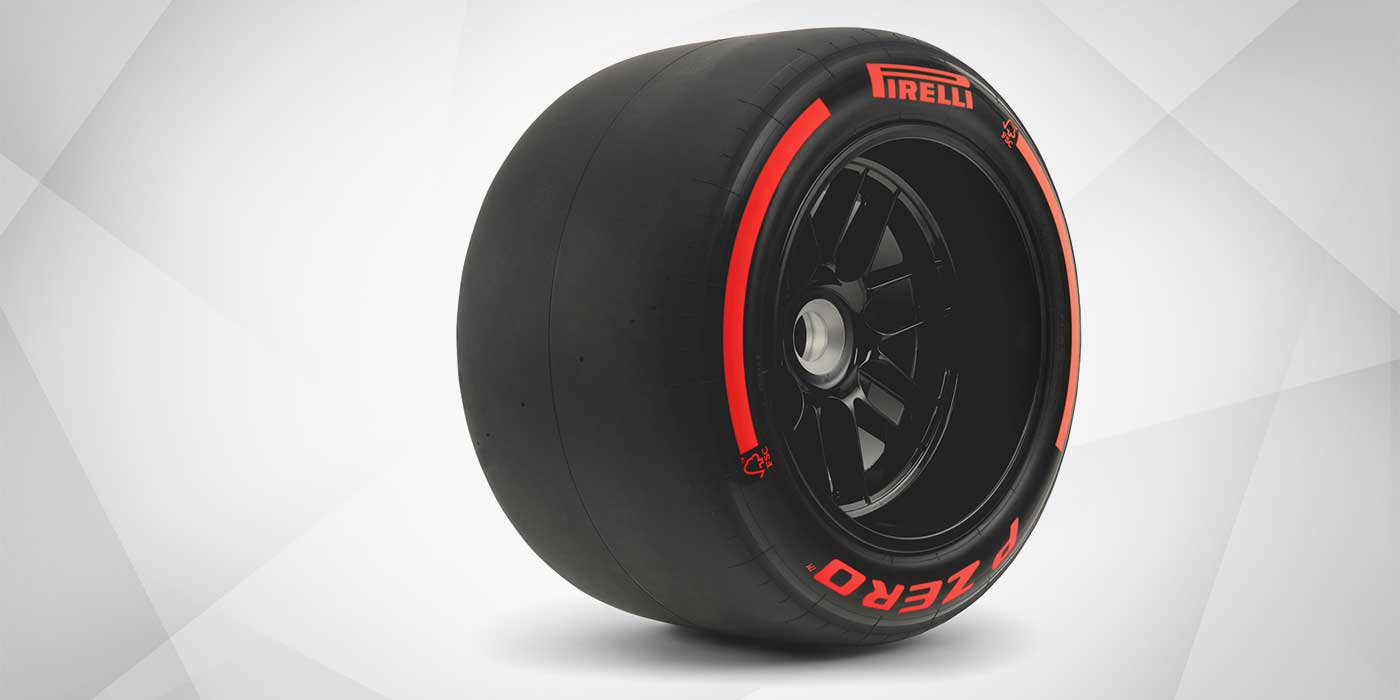 Among several things, winter always drops unpleasant reminders of the many issues that can affect automobile and tire performance for the rest of the year. Tire pressure monitoring systems are just one of the more recent components whose operation can be adversely affected by winter’s wrath. As is common, these issues last well into spring and sometimes are 12-month-long concerns for drivers – and opportunities for tire dealers.
Among several things, winter always drops unpleasant reminders of the many issues that can affect automobile and tire performance for the rest of the year. Tire pressure monitoring systems are just one of the more recent components whose operation can be adversely affected by winter’s wrath. As is common, these issues last well into spring and sometimes are 12-month-long concerns for drivers – and opportunities for tire dealers.
Certainly one of your customers has brought in a vehicle after the TPMS indicator lamp went on as the temperature outside took a nosedive.
Just as in all automotive endeavors, there’s a way to mitigate the effect that winter has wrought on TPMS – it’s called preventative maintenance. Remember the old adage, “An ounce of prevention is worth a pound of cure?” It certainly holds true in the automotive aftermarket and certainly in issues involving TPMS.
It’s never too late to initiate or resurrect a solid preventative maintenance program for customers, and doing so will enhance your chances of using the process as a selling opportunity. Let’s first look at the sensors.
Inspection Basics
In light of the growing number of vehicles on the road equipped with TPMS, all technicians should assume a vehicle has a sensor in the tire/wheel assembly in order to prevent any chance of damaging them, said Carl Wacker, vice president of sales and marketing for Schrader Electronics, a manufacturer of a variety of products for TPMS. “This culture change is a major step forward to minimize damage and minimize cost. The procedures used to remove tires with sensors do not change the speed of service, nor do they cause a huge capital investment.”
Chris Oxner, mechanical quality assurance coordinator with Sullivan Tire, agrees with Wacker’s approach. “We address things right from the start,” Oxner said. “Our counter sales personnel are trained to educate the customer as soon as they come in. The customer is told of the value of replacing some TPMS components before replacement gets costly. Then, when we pull a tire with a TPMS, we’re rebuilding the sensors when appropriate and replacing the grommet, valve core and cap.”
Oxner added, “Here in New England we run into a lot of corrosion. Aluminum caps corrode very easily in this climate. If we take care of the grommet, core and cap before problems come up, then we’re saving the customer money and possible headaches because of potential leaks.”
The inspection process is also a key to solid preventative maintenance.
Craig Knarich, owner of Pit Crew Tire, a mobile tire service based in Palm Harbor, Fla., says service begins with the technician’s initial vehicle checkup. “I have the customer watch me when I go through the inspection process of their vehicle,” he said. “In this way, I can educate them as I go along, telling them about indirect versus direct systems, and other issues that can affect their tires and their vehicle.”
Knarich also added that using the right diagnostic tools can help during the inspection process. “I have found out that analog readers are often inaccurate,” he said. “I use a digital one – there are several good manufacturers out there. And I also use a hand-held digital inflator. It is an automated inflation system. I don’t need a tire pressure gauge.”
Spreading the Knowledge
While inspection is important to maintenance, a dealer further enhances his chances for success in this area when guidelines are written down and shared with sales personnel, as well as technicians.
“It’s important to write them down,” said Knarich. “But you have to make sure employees abide by them. After all, I think in today’s times where there are more people making their purchases on the Internet, customers are very product and process knowledgeable – sometimes more than dealers.”
Oxner added, “It’s certainly important to have written guidelines. This is part of the Sullivan Tire training process, but it’s just as important to do the job right the first time and educate the customer as you’re going through the process. And this starts with your counter personnel.”
Wacker said if the guidelines aren’t written down there are several alternatives. “The procedures that should be followed by shops is readily available through many sources,” he said. “Some are free and some have minor costs. You can also get direct training and education material from organizations like TIA (Tire Industry Association), who have complete certification programs for TPMS service.
“I recommend dealers consider certifying their technicians through TIA,” Wacker said. “You can also get written literature online at our Web site, www.schraderservice.com, and look at the “How to Fit Me” page. There is no cost for this service and it provides printable material a shop owner can laminate and attach to a service bay to remind technicians of specific procedures. Also, there are many books on recalibration procedures like the Mitchell1 Guide for TPMS, which is available through Schrader and other reputable retailers.”
While written procedures help the technicians with a “road map” of sorts, the best mechanic in the world also has to have equipment that is in top-notch condition.
“You must inspect your equipment regularly,” said Knarich. “And as far as equipment goes, I never leave anything to chance. Shops should invest in a ‘master kit’ that has everything they need to service TPMS – including extra valve stems. Tool manufacturers have done a good job with kits, and they also provide sockets specifically for tire pressure monitors.”
“Equipment maintenance is key to having a safe shop,” added Wacker. “Inspection of equipment also is a matter of productivity and safety – not simply just a requirement needed to service TPMS. The information to service TPMS is readily available, and my suggestion is after looking online and at the sources above, dealers should consider talking with their suppliers of TPMS tools and parts. They have ready access to everything that is needed.
“If, after all of this, a shop owner is still confused about how to deal with TPMS, we suggest they visit the www.schrader-bridgeport.com Web site and click on the “AirAware” tab. They will find phone numbers to talk to real people and information that should be able to direct them to whatever they may need to service and sell TPMS products for their customers.”
One other suggestion from Knarich that may seem obvious, but is worth repeating: “Keep records to document a) customer maintenance – each time you service a customer, and b) every tire you sell or service you perform. You can use that information later on as a selling tool.”













